I have seen the Smart Response XE Reverse Engineering project a few month ago and found that terminal of some interest. I then bought a couple of them on Ebay and started playing with. I first recreated the schematic of the board. I am now realizing the adaptation of a BASIC interpreter to make the terminal a small pocket computer. I am trying recreating a small pocket computer like the Canon X-07 I owned long ago and was very fan of.
SMART Response XE BASIC
Turn a SMART Response XE terminal into an 80's flavour pocket computer
 fdufnews
fdufnews
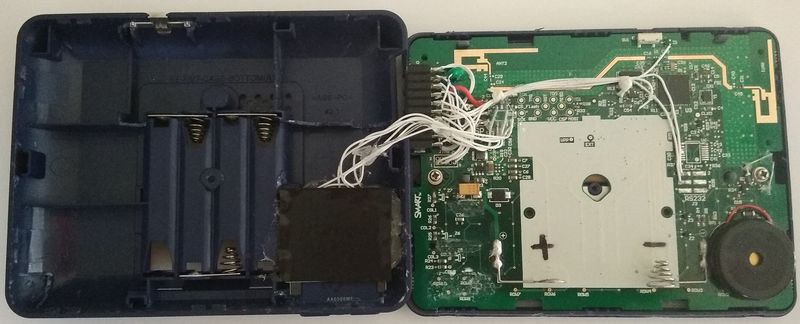
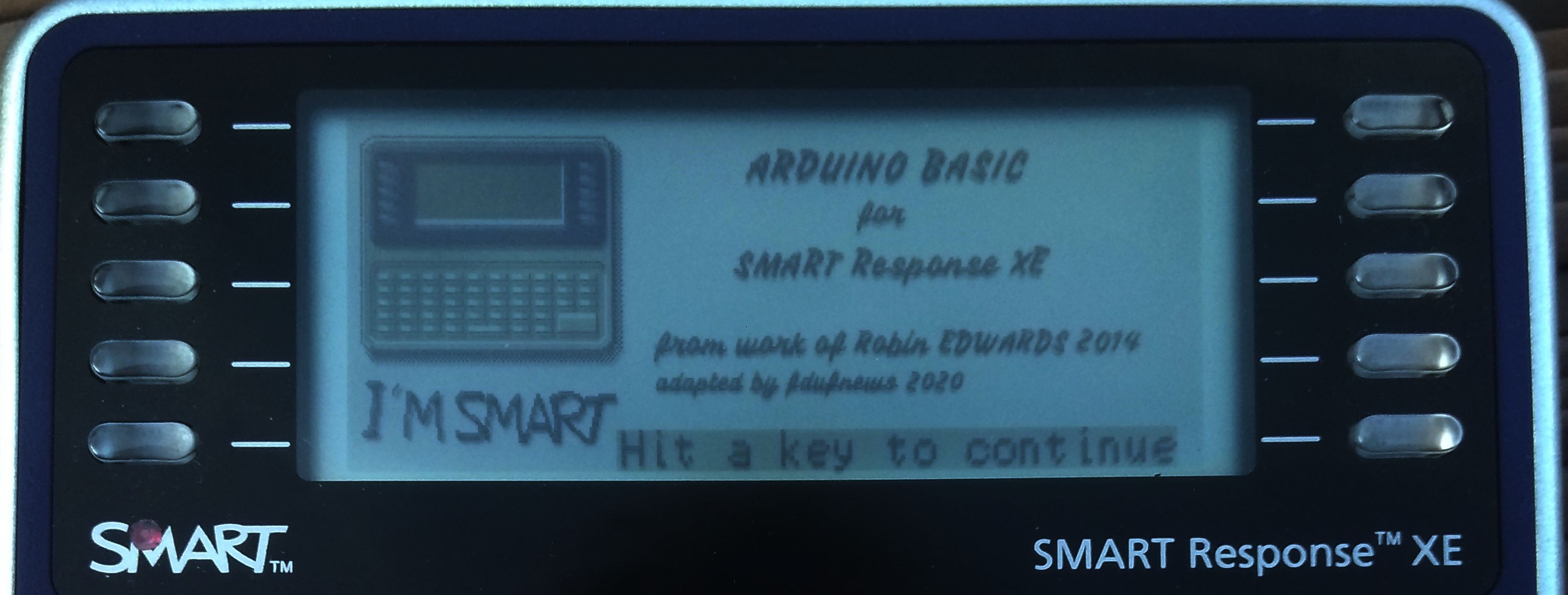
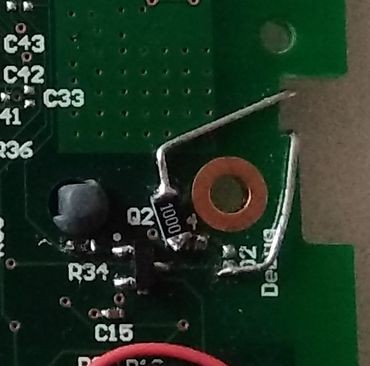
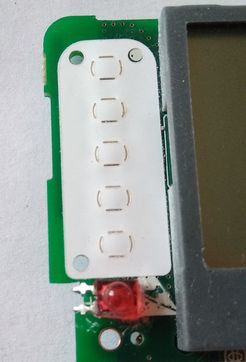
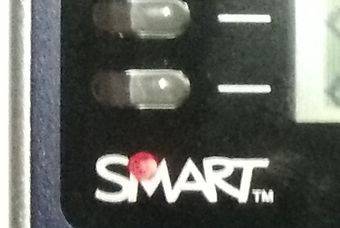
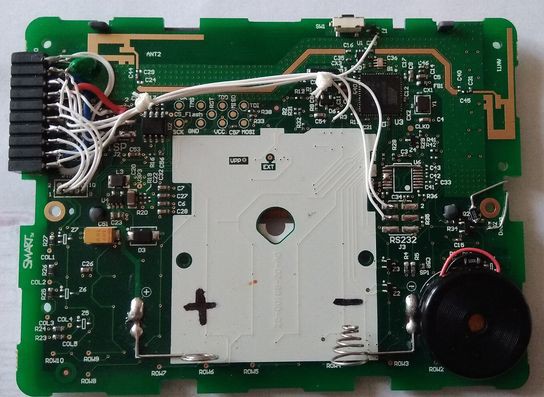





Hi, so is it just direct connection of the U2's pins with any SD/uSD interface that is around ? thx